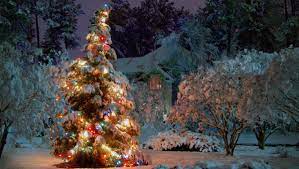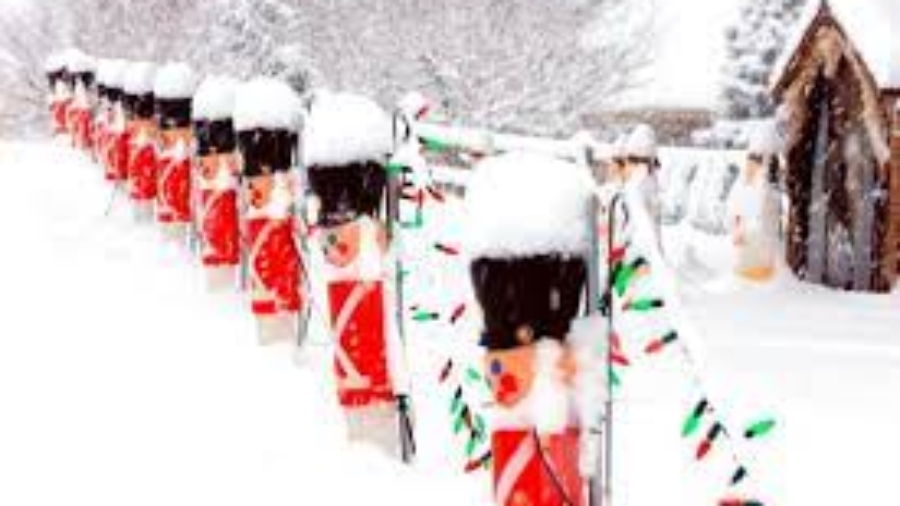When we think of the holiday season, one iconic image often comes to mind – a picturesque scene of snow-covered landscapes, glistening under the soft glow of Christmas lights, as families gather by the fireplace and exchange gifts. This idyllic vision, often depicted in movies and songs, has perpetuated the myth of a white Christmas. But just how realistic is the expectation of snowfall on December 25th?
For many people residing in the Northern Hemisphere, the notion of a white Christmas seems entirely possible and even expected. The winter season typically brings colder temperatures, and it is not uncommon for snowfall to occur during this time. However, the truth is that experiencing snow on Christmas Day is far from guaranteed, and in many regions, it remains a rarity.
One might assume that being further north increases the chances of snowfall on December 25th. While it is true that countries like Canada, Scandinavia, and parts of Russia have a higher probability of snow during the winter months, even in these regions, the occurrence of a white Christmas is uncertain. Weather patterns are influenced by multiple factors, including temperature, humidity, and air pressure, making it difficult to predict snow with absolute certainty.

Additionally, the myth of a white Christmas is prevalent even in regions where snowfall is highly unlikely. Many areas located closer to the equator have mild or even tropical climates, where snow is a rarity throughout the year. Despite this, the cultural significance and influence of western media have led people to associate the holiday season with snow, regardless of their geographical location.
Historical records and scientific data prove that the likelihood of a white Christmas varies significantly from year to year. Factors such as global warming, climate change, and natural fluctuations in weather patterns further complicate the predictability of snowfall. While some regions may experience a snowy holiday season in some years, others might witness milder weather with no signs of snow at all.
This uncertainty has not deterred the holiday spirit, though. Many people continue to embrace the myth of a white Christmas, indulging in festive traditions and decorations that revolve around snow and frost. Artificial snow and frosty decorations have become popular alternatives, allowing people to create the snowy ambiance they desire, even when nature does not comply.
The romanticized image of a white Christmas is not entirely without basis. Historically, several significant snowfalls have occurred on December 25th, leaving a lasting impression in the memories of those touched by such events. These instances contribute to the nostalgia and longing for snow, reinforcing the myth that snowfall on Christmas Day is commonplace.
While the chances of snow on December 25th may be unpredictable, there is no denying the magical appeal it holds for many. The pristine whiteness of snow, the childlike joy it brings, and the sense of wonder it instills are all part of the charm that fuels the myth. Snowflakes, with their unique patterns and ethereal beauty, add an extra touch of enchantment to the holiday season.
Uncovering the Festive Traditions of Mormons: How Do They Celebrate Christmas?
In conclusion, the myth of a white Christmas persists despite the uncertain nature of snowfall on December 25th. While some regions might experience snow during the holiday season, it remains a rarity or even an impossibility in many others. Yet, this does not dampen the spirit of the season, as people continue to cherish the dream of a picture-perfect Christmas and find ways to create snow-filled wonderlands in their own homes. After all, the magic of Christmas lies not solely in snowfall, but in the joy, love, and togetherness that the holiday season brings.


Add a Comment